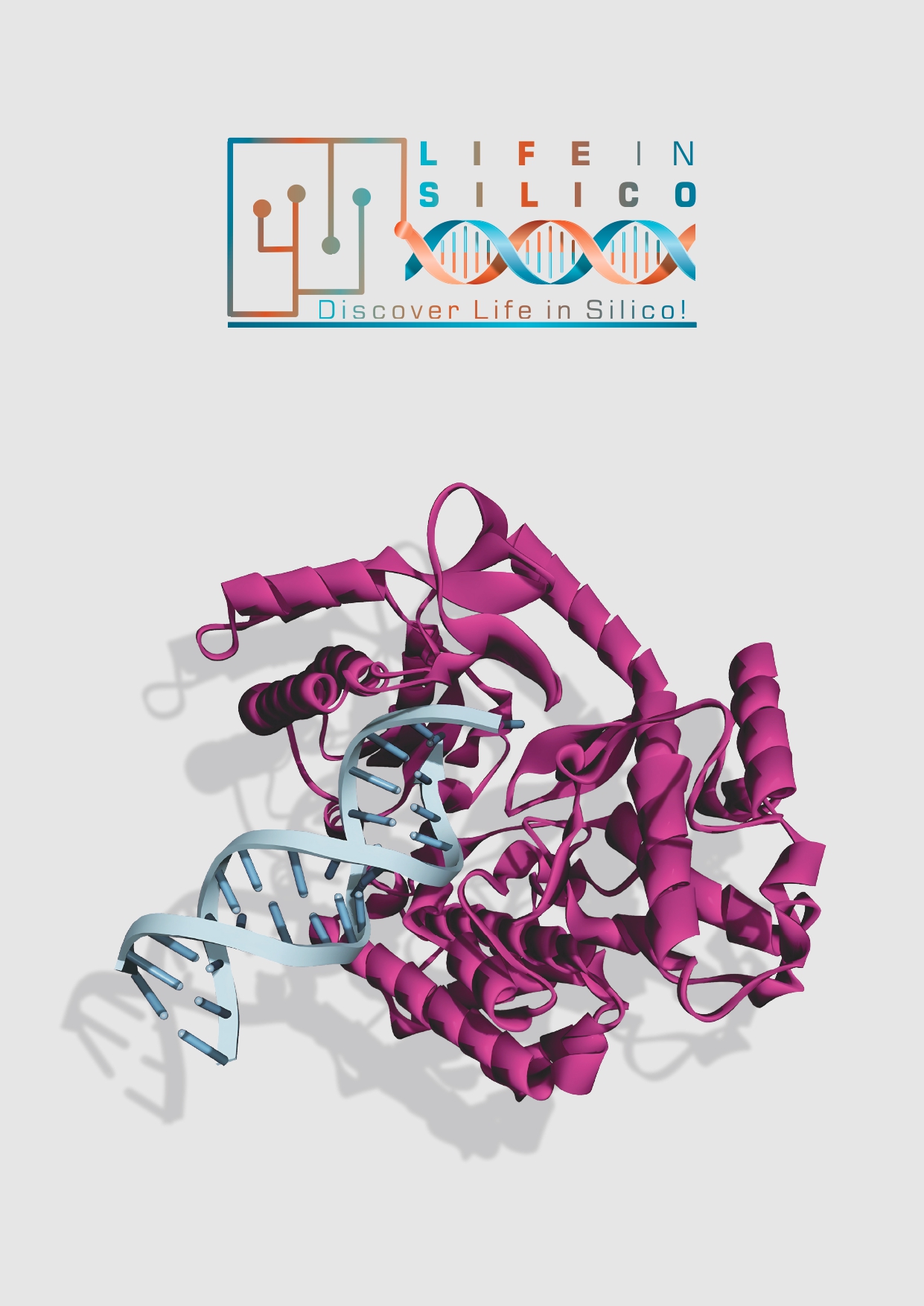Molecular docking study of selected phytochemicals from genus Haplophyllum (Rutaceae) against SARS-CoV-2 N protein
Keywords:
Haplophyllum, Phytochemicals, SARS-CoV-2 N Protein, AutoDock VinaAbstract
Experts all over the world are attempting to develop efficient medications and a vaccine to combat COVID-19. Keeping this in mind, the purpose of this study was to look into the potential of various phytochemicals as candidate inhibitors of the SARS-CoV-2 N protein. A total of 78 bioactive phytochemicals from the genus Haplophyllum were compiled and converted to 3D structures as test ligand molecules against SAR-CoV-2 N protein using the AutoDockVina program. Among the phytochemicals examined in this study, lignin, daurinol glucoside, and isorhamnetin 3-rutinoside showed binding affinity values of -11.3 kcal/mol and -9.7 kcal/mol, respectively. The binding affinity of apigenin 7-glucoside, haplomyrtoside, isodaurinol, and taiwanin C was -9.5 kcal/mol. According to the findings of this study, these phytochemicals could be potential candidates against SARS-CoV-2 N protein based on their interaction pattern, binding affinity, and binding poses.
References
Ahmed, S., Islam, N., Shahinozzaman, M., Fakayode, S. O., Afrin, N., & Halim, M. A. (2021a). Virtual screening, molecular dynamics, density functional theory and quantitative structure activity relationship studies to design peroxisome proliferator-activated receptor-γ agonists as anti-diabetic drugs. Journal of Biomolecular Structure and Dynamics, 39(2), 728-742.
Ahmed, S., Mahtarin, R., Ahmed, S. S., Akter, S., Islam, M. S., Mamun, A. A., Islam, R., Hossain, M. N., Ali, M. A., et al. (2021b). Investigating the binding affinity, interaction, and structure-activity-relationship of 76 prescription antiviral drugs targeting RdRp and Mpro of SARS-CoV-2. Journal of Biomolecular Structure and Dynamics, 39(16), 6290-6305.
Hasan, A., Paray, B. A., Hussain, A., Qadir, F. A., Attar, F., Aziz, F. M., Sharifi, M., Derakhshankhah, H., Rasti, B., et al. (2021). A review on the cleavage priming of the spike protein on coronavirus by angiotensin-converting enzyme-2 and furin. Journal of Biomolecular Structure and Dynamics, 39(8), 3025-3033.
Jia, W., Wang, J., Sun, B., Zhou, J., Shi, Y., & Zhou, Z. (2021). The mechanisms and animal models of SARS-CoV-2 infection. Frontiers in Cell and Developmental Biology, 9, 578825.
Kaliyaperumal, S., Periyasamy, K., Balakrishnan, U., Palanivel, P., & Egbuna, C. (2020). Antiviral phytocompounds for drug development: a data mining studies. In Phytochemicals as Lead Compounds for New Drug Discovery (pp. 239-244): Elsevier.
Li, Z., Wan, H., Shi, Y., & Ouyang, P. (2004). Personal experience with four kinds of chemical structure drawing software: review on ChemDraw, ChemWindow, ISIS/Draw, and ChemSketch. Journal of Chemical Information and Computer Sciences, 44(5), 1886-1890.
Mahtarin, R., Islam, S., Islam, M. J., Ullah, M. O., Ali, M. A., & Halim, M. A. (2022). Structure and dynamics of membrane protein in SARS-CoV-2. Journal of Biomolecular Structure and Dynamics, 40(10), 4725-4738.
Medbox. (2022). COVID-19 Coronavirus Pandemic - Worldometer. 16 July 2022. Retrieved from https://www.medbox.org/document/covid-19-coronavirus-pandemic-worldometer#GO
Peng, Y., Du, N., Lei, Y., Dorje, S., Qi, J., Luo, T., Gao, G. F., & Song, H. (2020). Structures of the SARS‐CoV‐2 nucleocapsid and their perspectives for drug design. The EMBO Journal, 39(20), e105938.
Ray, M., Sarkar, S., & Rath, S. N. (2020). Druggability for COVID-19: in silico discovery of potential drug compounds against nucleocapsid (N) protein of SARS-CoV-2. Genomics & Informatics, 18(4), e43.
Vangone, A., Schaarschmidt, J., Koukos, P., Geng, C., Citro, N., Trellet, M. E., Xue, L. C., & Bonvin, A. M. (2019). Large-scale prediction of binding affinity in protein–small ligand complexes: The PRODIGY-LIG web server. Bioinformatics, 35(9), 1585-1587.
Wu, F., Zhao, S., Yu, B., Chen, Y.-M., Wang, W., Song, Z.-G., Hu, Y., Tao, Z.-W., Tian, J.-H., et al. (2020). Author Correction: A new coronavirus associated with human respiratory disease in China. Nature, 580(7803), E7-E7.
Xue, L. C., Rodrigues, J. P., Kastritis, P. L., Bonvin, A. M., & Vangone, A. (2016). PRODIGY: a web server for predicting the binding affinity of protein–protein complexes. Bioinformatics, 32(23), 3676-3678.
Yan, W., Zheng, Y., Zeng, X., He, B., & Cheng, W. (2022). Structural biology of SARS-CoV-2: open the door for novel therapies. Signal Transduction and Targeted Therapy, 7(1), 1-28.
Yang, J., & Zhang, Y. (2015). I-TASSER server: new development for protein structure and function predictions. Nucleic Acids Research, 43(W1), W174-W181.
Yang, M., He, S., Chen, X., Huang, Z., Zhou, Z., Zhou, Z., Chen, Q., Chen, S., & Kang, S. (2021). Structural insight into the SARS-CoV-2 nucleocapsid protein C-terminal domain reveals a novel recognition mechanism for viral transcriptional regulatory sequences. Frontiers in Chemistry, 8, 624765.
Downloads
Published
How to Cite
Issue
Section
License
Copyright (c) 2022 Life in Silico

This work is licensed under a Creative Commons Attribution 4.0 International License.

